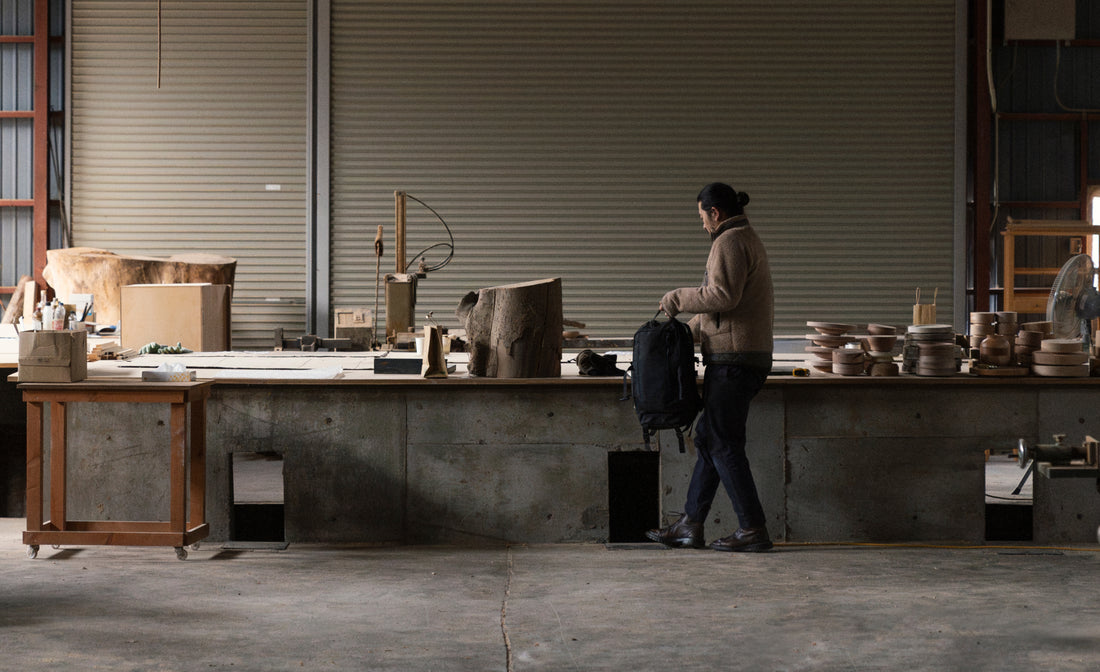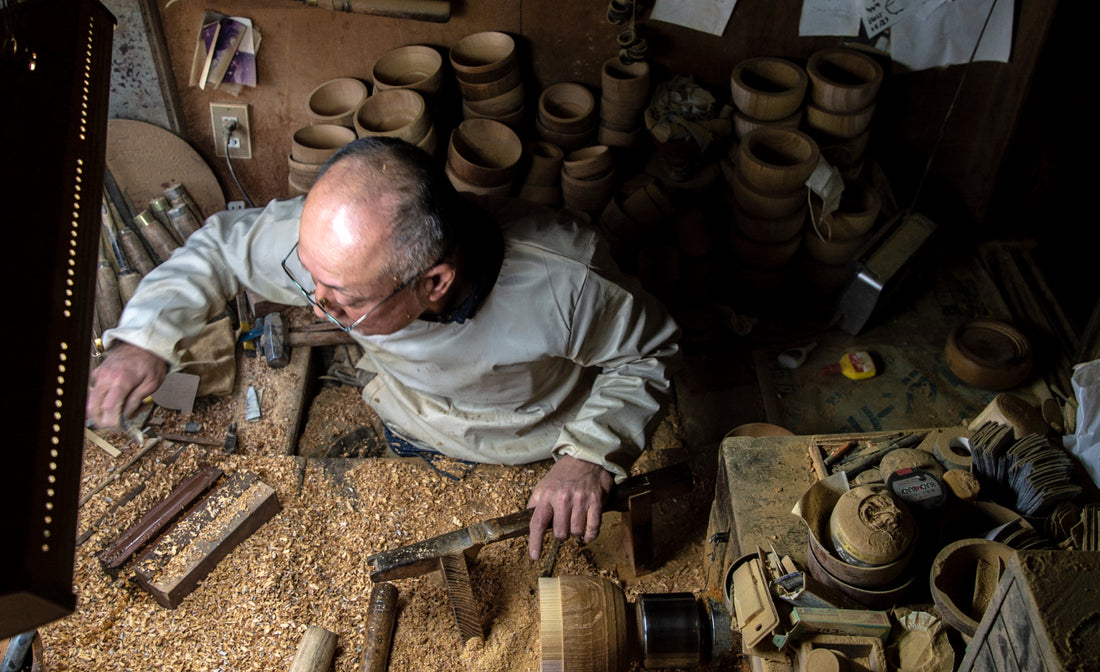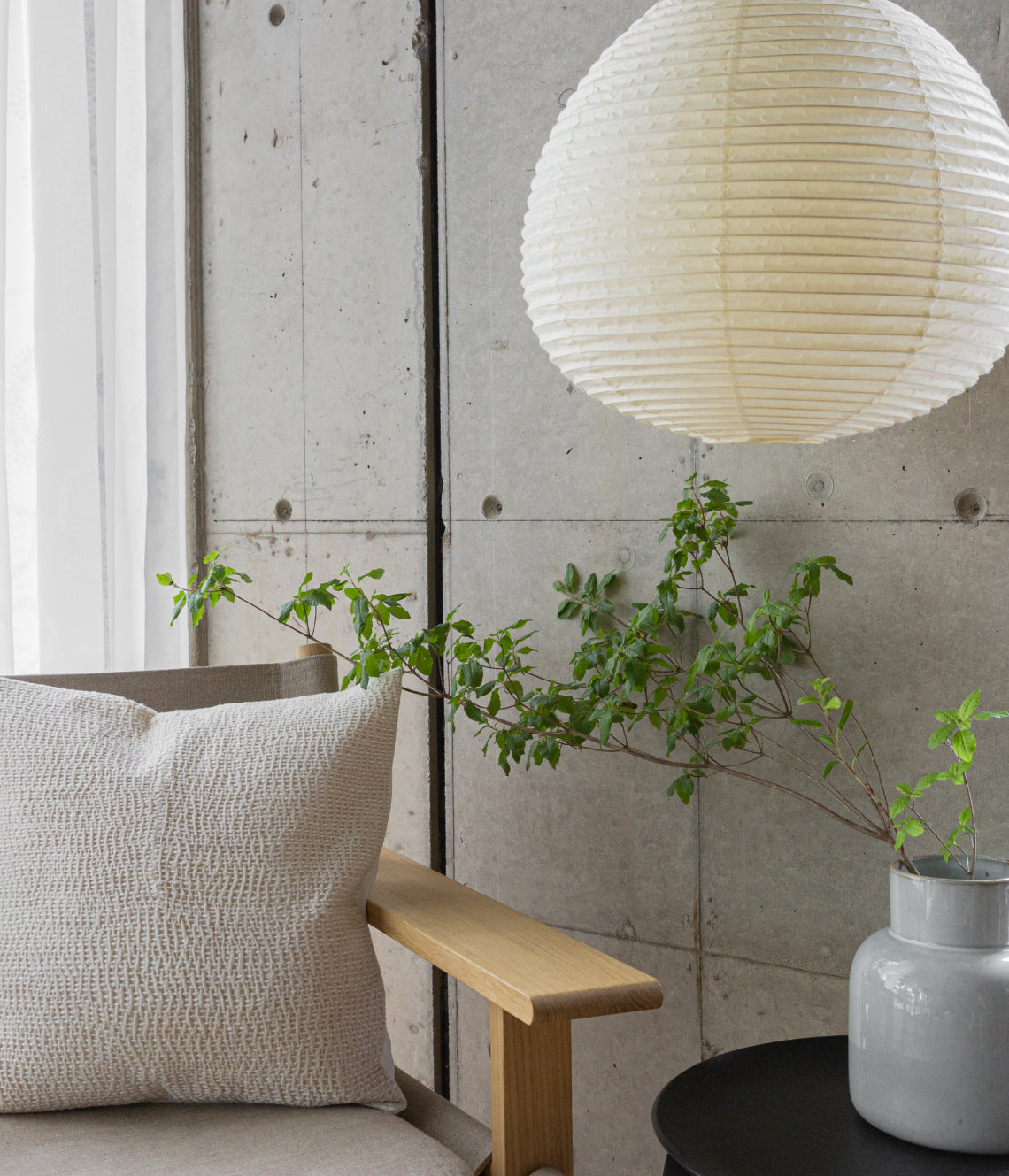Whereof one cannot speak
Known for the creation of handcrafted canisters with a polished look, Kaikado has evolved and diversified, sharpening their technique to fuse functionality and sleek design.
TECHNIQUETINPLATE CRAFT
GENERATION6TH
LOCATIONKYOTO
PUBLISHED
AUTHORErisa Takeda
Known for the creation of handcrafted canisters with a polished look, Kaikado has evolved and diversified, sharpening their technique to fuse functionality and sleek design. Offering a wide collection from traditional teaware to confectionery holders and pasta caddies, Kaikado integrates the soul of Japanese tea culture into modern lifestyle.
With more than 130 steps in the process to make each caddy, Kaikado’s products are a quintessential example of Japan’s emphasis on creating long lasting products. Each product is made with the intention of long term usage, as guests can enjoy watching the color and sheen of their canisters will change over time. A new love for the same caddy through its transformation is one of the reasons why Kaikado’s crafts have been recognized as both durable and beautiful. Through functionality, quality and timeless beauty, Kaikado aims to remove the stigma around traditional crafts to make it more approachable. In addition, Kaikado offers a repair service for dents and any other scratches, to ensure the canister’s sleek beauty and airtight feature.
In an age overflowing with single use products, Kaikado helps us realize that maybe the best products are those that withstand the test of time.
HISTORY
Established in 1875 known as the year of the Meiji Restoration, this Kyoto brand has been a pioneer in creating tin plate canisters using imported plates from England.
During World War II, Japan had implemented a metal collection act, imposing Japanese people to surrender all forms of metal they had in possession. However, the third generation successor at Kaikado, knowing the rarity and importance of the tools, buried the metals to protect them from being confiscated from the government. In continuing to secretly make these tea caddies with the materials he had hidden, he was then imprisoned, putting his own livelihood at stake to save the craft.
Following the war, the period of high economic growth in Japan spurred the increase in foreign industrial products that shifted creation to machine made products to fit the need for mass production.
Yet, despite the odds, with the support of customers and lovers of craft, Kaikado remains today in Kyoto as well as Nagoya to continue creating high quality products that last for centuries.
Used for kitchenware, storage and other uses, Kaikado has been a catalyst for the fusion of Japanese craft and modern living.
LOCATION
On a quiet street not far from the Kamo river that runs through Kyoto is Kaikado’s main gallery and cafe space, named Kaikado Cafe, serving a variety of teas and coffees.
Within walking distance from Kikoku Tei Garden, Kaikado is nestled in an area where tea runs deep.
Having collaborated with Nordic designer Thomas Lykke from studio OeO to design the cafe, what was once an old warehouse was completely redone to give the space a warmer feel. The brass lamps designed by OeO and made by Kaikado are also one of the focal points of the cafe, showing the beauty of cross cultural collaboration.
Interview: // the story of Kaikado // Takahiro Yagi and Seiji Yagi (6th and 5th-generation canister artisans)
CAN YOU TELL US ABOUT HOW YOU CAME TO BE A CRAFTSMAN? HOW DID YOUR JOURNEY START?
Takahiro: Around the time I was graduating college, I remember talking to my dad about taking over the business. He told me not to. In my dad’s generation during the economic bubble, he was asked to cheaply mass produce hand crafted items. So my dad adapted to those demands and accelerated his production while handcrafting everything. However at the end of the bubble when one large company withdrew from a contract, everything collapsed at once. Because he’s experienced that, he told me that it would be easier to be a full time salaried worker than to take on his line of work. At the time, I had no experience and took him by his word. I was majoring in English at college so I decided to work at a company that required those skills. I happened to be at a gift shop where tourists came to buy souvenirs. That led to us selling our tea caddies at the store. I remember this peculiar moment when an American customer swiftly bought our tea caddy. I also remember asking what they were going to use it for. And they told me that they were going to use it for their own kitchen.
That’s when I thought “Ah! That’s it”, if an American person were to use this in their kitchen, then this could probably be sold worldwide. I told my father even though he thinks that this craft is dying, and that might be the case in Japan, it could actually thrive internationally. So I told him I wanted to come back home. In the worst case scenario I simply wouldn’t marry and that way I could probably get by. So that’s how I originally came home.
Gaining a new perspective on my household craft after going away for a while has been significant.
WHY DID YOU NOT WANT YOUR SON TO BE A CRAFTSMAN?
Seiji: I’ve toiled so hard to get to this point and I didn’t want to exhaust my son in the same way.I told him to take up a different profession. And was prepared for Kaikado to end with my generation. So I was very happy when he said he wanted to take over. Whilst knowing how hard this work can be, I was worried he was going to face hardships. When Takahiro was going to take over the trade, the economic bubble burst and we were facing rock bottom. We were certain that it would be extremely hard and that nothing would sell. I told him he could join if he were truly willing.
Most people don't keep doing it, Even I didn’t like it. My dad hated it too and I didn't take over the business because I enjoyed his line of work. Looking at my dad, I thought I had no choice but to take over. And that’s how I got into helping my dad. That’s why I told my son to freely choose a job.
WHAT ASPECTS DO YOU THINK ARE MOST DIFFICULT ABOUT CONTINUING THE LINE OF CRAFTSMANSHIP?
Seiji: You need to build up the skills and the technique and then pass on the skills. You need to pass them on for multiple generations. I’m going to be the 5th generation but I need to pass it on.
It feels nice to the touch, it’s easy to open and close. You don’t teach those techniques to just one person. It’s hard to pass on that knowledge for multiple generations.
You do the same thing everyday. Day after day you ask yourself about many things including the hardness of the material, and the ease in which you open and close the canister, asking “how is this?” or “is this good?”. Even after 10 or 20 years, you’re still asking yourself, how is this? I guess this is good. Maybe it's a bit too soft, maybe it's a bit too hard.
The quality of Kaikado’s tea canisters are maintained by repeating the same things and asking the same questions everyday. That’s the hard part.
If you’re satisfied about creating only one good thing after working for two or three days, you’re an artist, not a craftsperson. We are craftspeople. I think craftsmanship is passing on that knowledge and creating the same high quality item day after day. It’s hard to hone your skills and develop new techniques while passing on that knowledge at the same time. I think a craftsperson is able to create incredible items without thinking and by working seamlessly.
WHAT ARE SOME THINGS THAT YOU'VE LEARNED IN GOING GLOBAL WITH KAIKADO?
Takahiro: In practice, the most important lesson I learned is that if the culture is different, the craftsmanship needs to adapt to that culture and its trends. When craftspeople in their 20s joined our business, I noticed that the culture was different.
In the same vein, I thought that if we don’t make tweaks in our offerings to accommodate the new cultural trends, then we won’t survive. That is partly why we opened this cafe. I think the most important thing is to convey how the texture of the tea canister feels in your hands. It’s necessary to have a place and a time to experience the products we make and communicate why we care so deeply about the crafts we produce.
If I say something about “traditional craftsmanship”, young people are usually taken aback. But if they are just sitting in this cafe and they think to themselves, “it’s really nice to drink out of this cup” , they then might ask us. “Where can I buy this cup?” Then I could mention traditional craftsmanship, so the idea becomes more accessible.
Because they would have been experiencing what we do from the moment they step into the shop, I hope that handcrafted goods are regularly used and continue to stay in our society. To not just stay but to exist normally within our lives.
Even in the workshop, there are so many things that we can’t communicate in words. But its essence continues to exist because we’re able to communicate that through our crafts. If we’re able to share that essence, we’d be in a society where people appreciate our crafts, where people use the crafts while understanding their true value.
I hope we’re able to share those values.
Watch the documentary.
TECHNIQUETINPLATE CRAFT
GENERATION6TH
LOCATIONKYOTO
PUBLISHED
AUTHORErisa Takeda




